
How do I know if my dog has spinal damage?
How do I know if my dog has spinal damage? It's the thought that creeps in when your normally energetic pup hangs back during walks, or pauses mid-play like something just didn't feel right.
Watching your pup tremble under the bed during a thunderstorm, their tail tucked tight and paws over their ears, your heart aches—you want to help, but yelling “it’s okay” only makes them shake more. For new dog owners in Chicago apartments or Miami condos, settling an anxious dog feels like guessing a secret code: when they hide from guests, pace during fireworks, or whimper through car rides, how do you turn fear into calm without making it worse? The answer lies in understanding their anxiety isn’t stubbornness—it’s a scared response, and gentle guidance works better than force every time.
Dogs experience anxiety differently than humans, and that’s key to helping them. Their brains are wired to notice threats faster: a loud noise, a new person, or even a change in routine triggers their “fight-or-flight” response, flooding their bodies with stress hormones like cortisol. Breeds like Greyhounds or Shih Tzus often feel anxiety more acutely, but any dog—from a Chihuahua to a Great Dane—can develop fears, especially if they lack positive exposure to new things as puppies. Unlike misbehavior, anxiety isn’t about “testing you”; it’s their brain signaling they feel unsafe, and pushing them to “get over it” only amplifies their fear.
So, how do you guide them to calm? Start by creating a safe space—a quiet corner with their favorite blanket, a stuffed toy, and maybe a shirt with your scent (your smell comforts them). My friend in Denver did this for her storm-anxious Lab: she set up a crate with a soft bed, a nightlight, and a white noise machine, and now he runs there voluntarily when thunder rumbles. Next, use desensitization for known triggers: if they fear guests, have friends toss treats from a distance, gradually moving closer as your pup stays calm. Keep sessions short (5 minutes) and end on a positive note—success builds confidence. Calming aids like vet-recommended pheromone diffusers or freeze-dried chicken treats work too, but they’re tools, not fixes—pair them with gentle guidance.
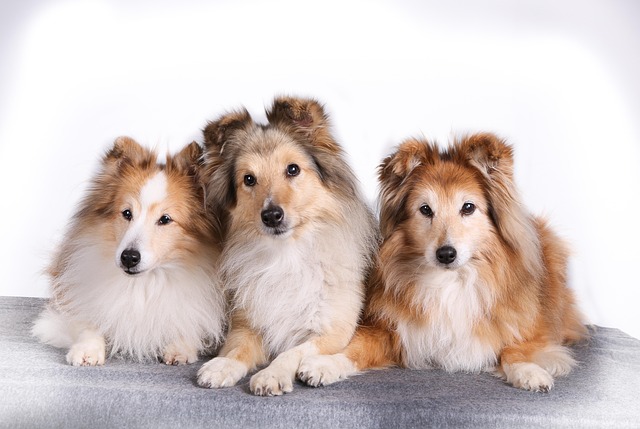
Your energy matters most. Anxious dogs mirror human stress, so staying calm—speaking softly, moving slowly—helps them relax. Never scold or force them out of hiding; that teaches them their fear is justified. Instead, sit nearby quietly, offering a treat only when they approach you. Physical punishment (yelling, hitting) damages trust, and studies show positive reinforcement—rewarding calm behavior with praise or treats—rewires their brain to associate once-scary things with safety. A trainer in Seattle calls this “calm leadership”: your steady presence tells them, “I’ve got you, and you don’t need to be scared.”
Responsible dog ownership ties into anxiety care too. First, ensure vaccines (rabies, required nationwide) are current—healthy dogs handle stress better. In apartments, keep their safe space away from noisy areas (like near the front door) to avoid overstimulating them; save playtime for daytime hours to respect quiet rules. When walking anxious dogs, keep them on a secure leash—fear might make them bolt, and loose dogs risk accidents or upset neighbors. Always carry biodegradable poop bags, even on short potty breaks; good manners keep public spaces welcoming, even when your focus is on their comfort.
Settling an anxious dog takes patience, not perfection. By creating safety, using gentle exposure, and leading with calm, you’ll watch their tail slowly un-tuck, their trembling stop, and maybe even a tentative lick of your hand—proof they’re learning to trust you to keep them safe, one quiet moment at a time.

How do I know if my dog has spinal damage? It's the thought that creeps in when your normally energetic pup hangs back during walks, or pauses mid-play like something just didn't feel right.
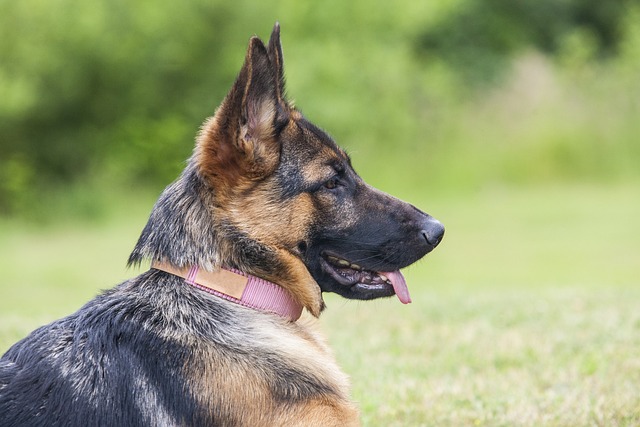
German Shepherds are beloved for their loyalty,intelligence, and versatility,serving as working dogs,family companions,and more.But like many purebred breeds,they carry a risk of certain genetic diseases that owners and breeders should be aware of.
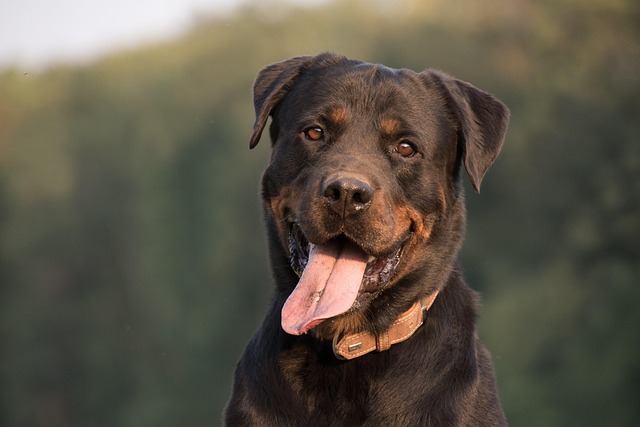
Hip dysplasia often reveals itself gradually, but early clues can surface as young as four months. Watch how your puppy moves—stiffness after naps, reluctance to climb stairs, or a slight hop when running might hint at trouble.
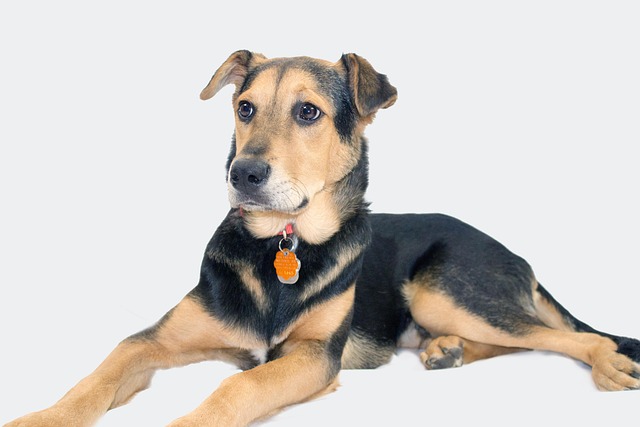
Heartworm treatment for dogs isn’t a one-size-fits-all cost—most pet parents learn that quickly when their vet breaks down the bill.

Watching your pup follow you from room to room, nose pressed to your ankle as you cook, clean, even use the bathroom—then panic when you step outside to grab the mail
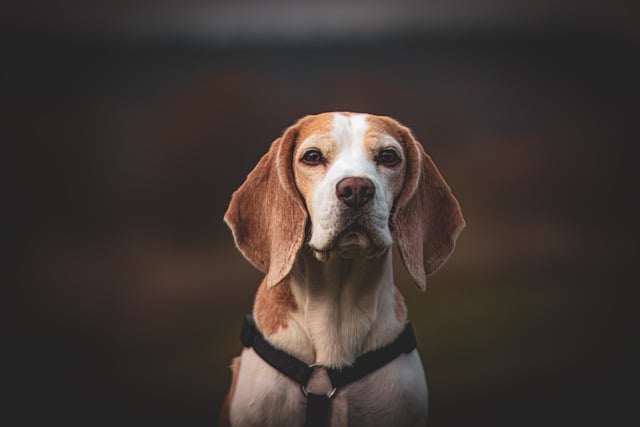
There’s nothing more stressful than a pup who barks at every leaf, squirrel, or passing car—especially in an apartment where thin walls mean your neighbor’s 9 p.m.